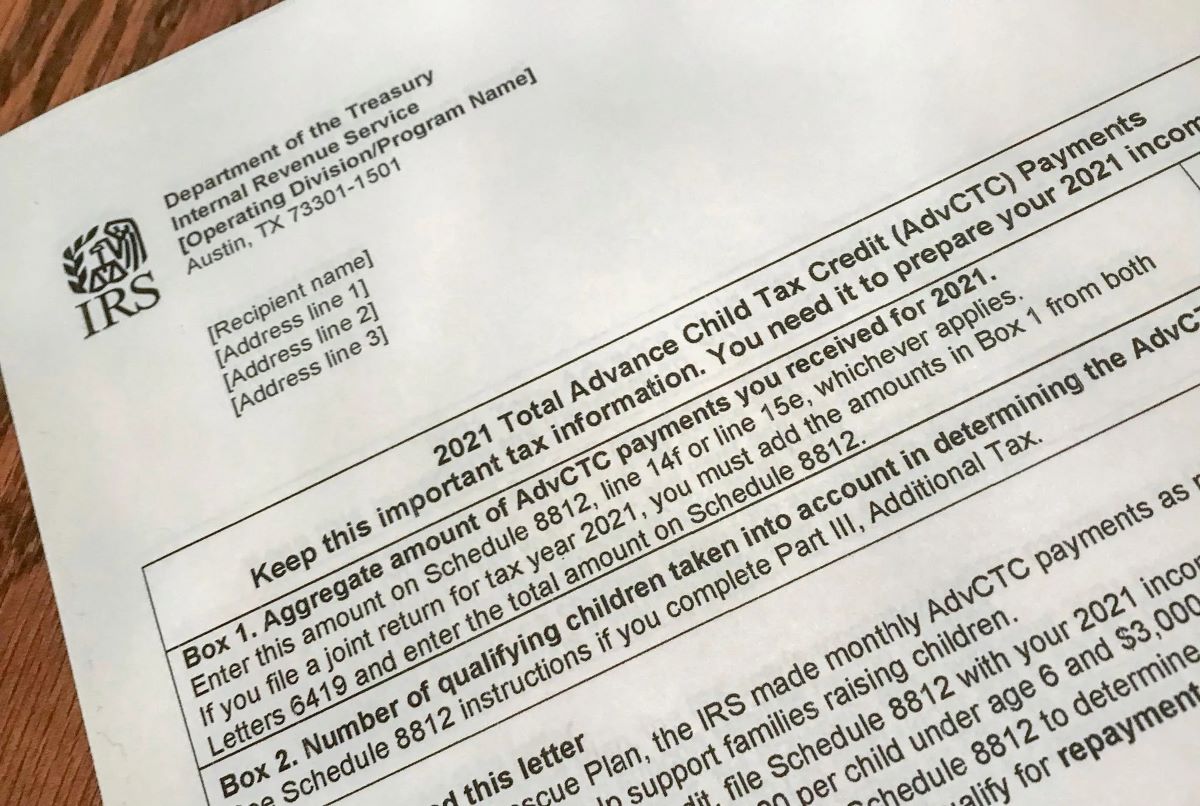

Finance
Ex-Post: Definition, Calculation, Vs. Ex-Ante
Published: November 20, 2023
Learn the definition and calculation of ex-post finance, and understand its key differences from ex-ante finance. Gain valuable insights into the world of finance.
(Many of the links in this article redirect to a specific reviewed product. Your purchase of these products through affiliate links helps to generate commission for LiveWell, at no extra cost. Learn more)
Understanding Ex-Post: Definition, Calculation, Vs. Ex-Ante
Welcome to our Finance category, where we dive into financial concepts that are essential for understanding personal and business finance. In this blog post, we will be exploring the concept of “Ex-Post” and its relevance in the world of investments and financial planning. If you’ve ever wondered about the difference between “Ex-Post” and “Ex-Ante,” or how to calculate these figures, you’ve come to the right place. So, let’s get started!
Key Takeaways:
- Ex-Post refers to the actual returns or outcomes of a financial investment after they have occurred.
- Ex-Ante, on the other hand, represents the expected or forecasted returns or outcomes of an investment before it takes place.
What is Ex-Post?
Ex-Post, derived from the Latin term “after the fact,” refers to the analysis and evaluation of an investment’s actual performance after it has taken place. This retrospective assessment allows investors to gain insights into the true and tangible results of their investment decisions. By analyzing the Ex-Post returns, investors can evaluate the success or failure of their chosen investments and use this information to make informed decisions in the future.
To calculate the Ex-Post returns, you simply subtract the initial investment from the final investment value, and divide the result by the initial investment. The resultant value is typically expressed as a percentage, which represents the rate of return earned on the investment.
What is Ex-Ante?
Ex-Ante, which comes from the Latin term “before the fact,” refers to the projected or anticipated returns or outcomes of an investment before it has taken place. Investors use this estimation to assess the potential profitability or risk associated with an investment. By using historical data, market research, and financial models, investors can make predictions about the future performance of their investments.
The Difference between Ex-Post and Ex-Ante
The main distinction between Ex-Post and Ex-Ante is the timing at which the returns or outcomes are evaluated. While Ex-Post deals with the actual results that have occurred in the past, Ex-Ante focuses on the expected outcomes or returns before an investment is made.
Here are some key differences between Ex-Post and Ex-Ante:
- Ex-Post is based on actual data, while Ex-Ante is based on projected data.
- Ex-Post allows investors to assess the success or failure of previous investments, while Ex-Ante helps investors evaluate the potential risks and rewards of future investments.
- Ex-Post returns are known with certainty, while Ex-Ante returns are subject to uncertainty and may not match the actual results.
The Importance of Ex-Post and Ex-Ante
Both Ex-Post and Ex-Ante are important tools in financial planning and investment management. Here’s why:
- Ex-Post: By analyzing the actual returns of past investments, investors can gain valuable insights into their decision-making process, identify winning strategies, and learn from their mistakes. This helps them refine their investment strategies and make informed decisions in the future.
- Ex-Ante: Understanding the expected returns and potential risks of an investment before committing to it allows investors to assess whether the investment aligns with their financial goals and risk tolerance. This helps them make more informed and calculated investment decisions.
In conclusion, Ex-Post and Ex-Ante are crucial components of the investment analysis process. While Ex-Post allows investors to evaluate the actual performance of their investments, Ex-Ante helps them assess the potential risks and rewards before making investment decisions. By utilizing both these concepts, investors can improve their investment strategies and achieve their financial goals.














